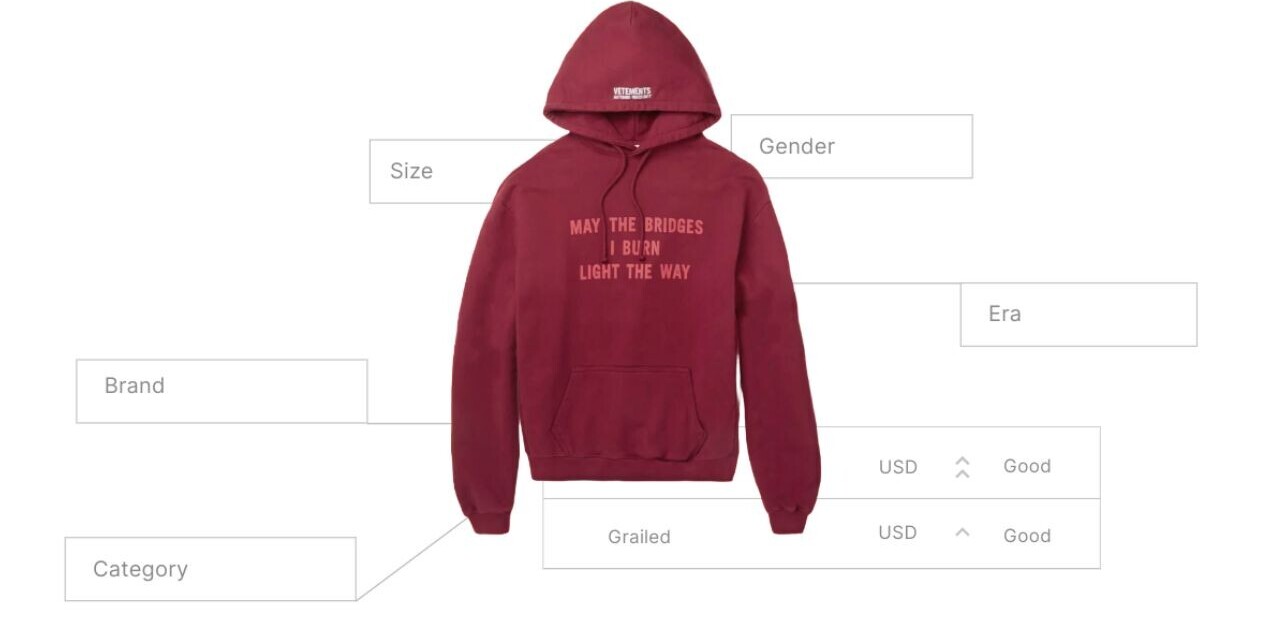
A friend told me the other day about an ad he saw on Facebook. In it, young people clad in an activewear company’s bikinis and shirts are seen frolicking on Rio’s crowded Ipanema Beach. “Unique vision of effortless lifestyle,” read the brand statement at the top.
Talk about failing to read the room. Here is a more recent photo of that now-empty beach, post-pandemic.
Call it a case of algorithms gone bad. My friend was served this ad because machines had crunched data provided by his online activity and marked him as a hot prospect. The algorithm apparently was unaware that a third of the global population is on coronavirus lockdown — pretty much the opposite of an “effortless lifestyle.”
All of which proves a point: it’s a mistake to lean too heavily on data to understand customers’ motivations, needs, and expectations, to the detriment of common sense, intuition, and talking directly with customers. That was true before COVID-19 and it’s especially so now.
Data’s blind spots
For the last decade, businesses have embraced a belief that “the data will tell us what to do.” But guess what? Data models don’t even exist to properly capture the extent to which the pandemic has altered customers’ emotional landscape.
Don’t get me wrong. Analyzing clicks, email response rates, behavioral actions, etc. indeed can be helpful, combing through more information than a human ever could to identify and target customers and provide clues on ways to optimize the buying experience.
But even in normal times, an overly data-driven approach leaves out too many nuances around customer experience and often leaves big blind spots that can hurt the business. Now, as COVID-19 heightens consumers’ sensitivities both positively and negatively, these human insights matter more than ever.
Businesses that fill a need or show that they care about the safety and well-being of their customers and workers see their brands soar. (Companies like Zoom and Instacart have become virtual heroes, literally.)
Those that appear to be taking advantage of the crisis, give customers runarounds, or simply fail to communicate clearly, concisely, and helpfully suffer perhaps irreparable damage.
Well before the coronavirus outbreak, companies were living and dying by their ability to deliver an outstanding digital experience to the internet-empowered consumer. I don’t think the pandemic has raised customer expectations as much as magnified the stakes in meeting them.
There are now higher highs and lower lows in their emotional relationships with businesses. Woe to companies that find themselves on the wrong side of that equation.
Algorithms can’t replace conversations
In my phone calls and Zoom meetings with our own customers’ CEOs, we quip that we must have been absent the day in business school when the professor covered “How To Run a Business During a Global Pandemic.” No one has been trained in how to stay connected with customers during these times, and data is of little to no help. There are only questions.
How is the pandemic changing customers’ expectations? What delights them more now and, conversely, frustrates them? How have their habits changed? How well are new users being accommodated?
Some of these CEOs wrestle with what can seem like opposing forces: the desire to come across as sensitive and empathetic in all interactions with customers while also continuing to try to sell them stuff.
For example, should an airline’s website still lead with its booking functionality or temporarily drop all pretense of commerce and, say, showcase a decision to extend frequent flyer point expiration by a year?
Once the lodging business starts bouncing back from social-distancing measures and travel restrictions, what should a hotel chain do to attract guests? More sanitizing and cleaning? More flexible cancellation and change policies? Incentives like reduced rates and free breakfast?
How can automakers and dealers re-invent the shopping, buying, and service experience for the coronavirus era? What do retailers need to do to improve their digital experiences as people shy away from physical spaces?
And so on. I’ve been repeating the same message with everyone I have this conversation with: talk to your customers.
It’s understandable why organizations for so long have adopted data-first strategies for understanding customers. As customer experiences have become more digital, data-driven insight is viewed as a boundless and seemingly objective way of assessing multiple aspects of the customer journey.
But algorithms are of little use when an unprecedented event has broken the data model.
COVID-19 reinforces that data can no longer be a proxy for actually looking at what the customer experiences. Only by empathetically listening to and observing customers can a business truly understand them, in this or any time.
Get the TNW newsletter
Get the most important tech news in your inbox each week.




